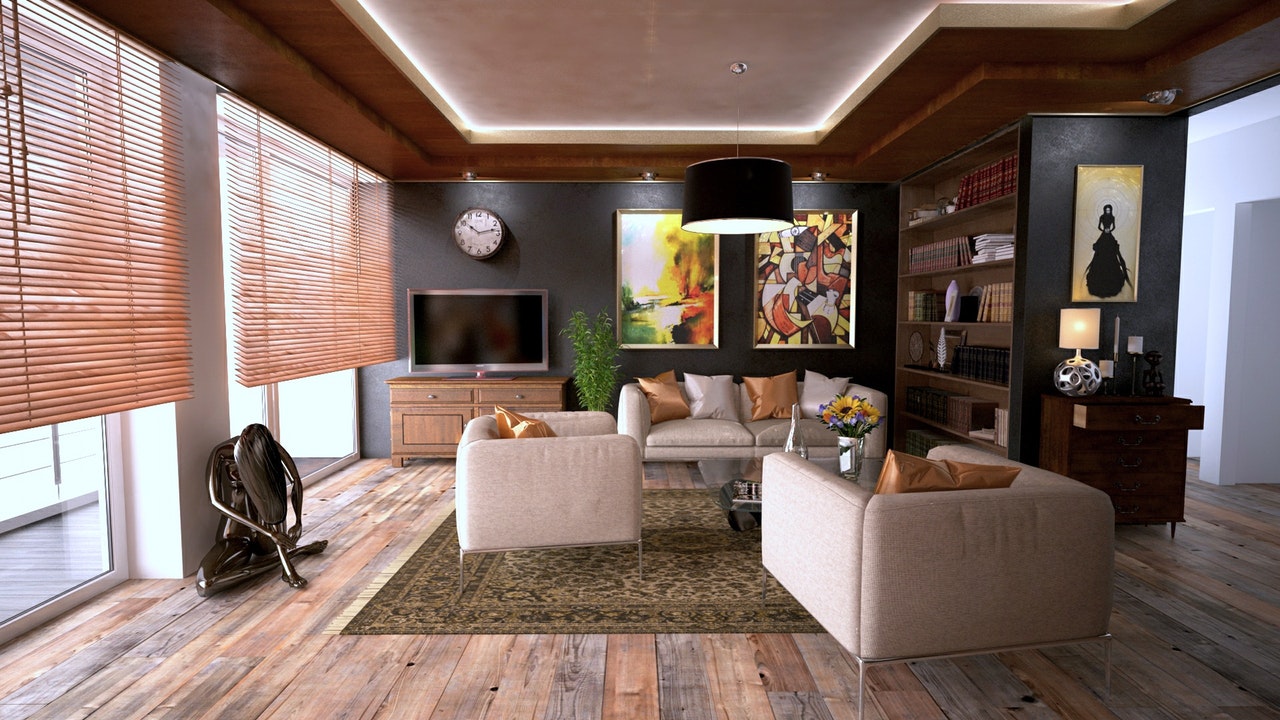For people who haven’t heard of cork flooring before they may find it hard to believe that the same material that comprises the stopper in wine bottles or the board that you stick thumb tacks in can actually be used to cover a floor effectively. But the fact is that cork makes an excellent flooring material. It won’t look or feel exactly the same as your wine stopper or bulletin board, but cork has some properties that make it an excellent choice to cover your floors. We’ll compare cork with hardwood flooring to prove why cork can be the better choice when it comes to flooring materials.
Price
Unless you’re outlandishly rich, and sometimes even if you are, when shopping for anything, price will come into play. Hardwood may be the traditional go-to material when it comes to flooring, but it’s typically at least twice as expensive as cork flooring. If you’re looking for a good looking flooring material but need to reduce your costs, cork makes a great alternative to hardwood.
Underfoot Feel
As mentioned in the introduction, cork flooring won’t look the same as your wine stopper or bulletin board, but it does have the same property of flexibility that you find in both those items. Cork flooring has a much softer underfoot feel than hardwood and will be more forgiving on your knees and ankle joints if you spend a lot of time standing or walking on it. Similarly, cork floors are much quieter than hardwood floors because of their cushioning effect.
Environmental Friendliness
The material used to make cork flooring is actually the bark of the cork tree. The bark is removed as it matures while the tree itself is allowed to continue growing unhindered. Unlike hardwood flooring materials, you don’t need to chop down cork trees to manufacture the final product. This means that cork flooring is harvested much more often than hardwood, grows back more quickly and is therefore a more sustainable option. If you’re looking for an eco-friendly flooring material, cork easily beats out hardwood.

